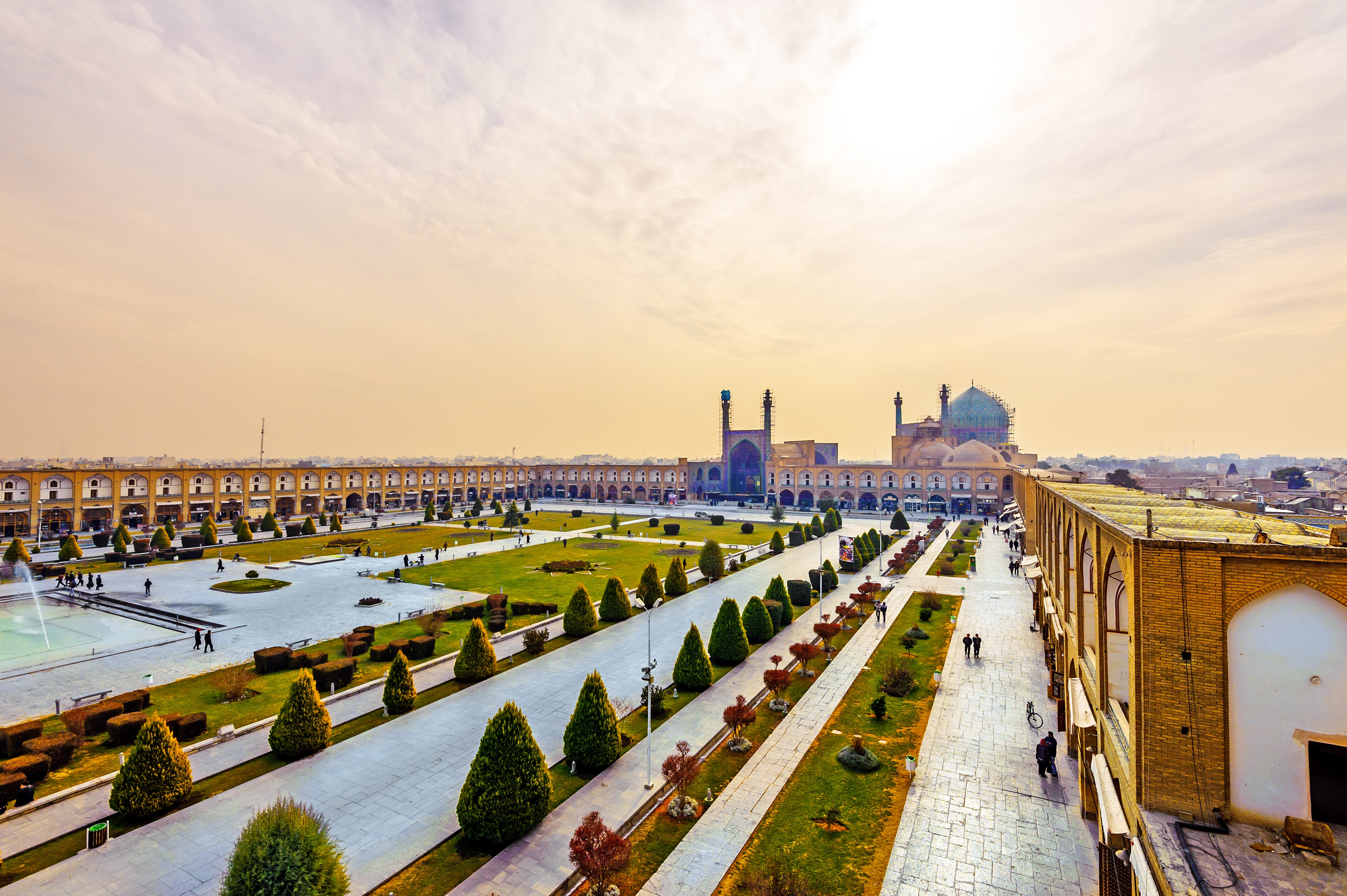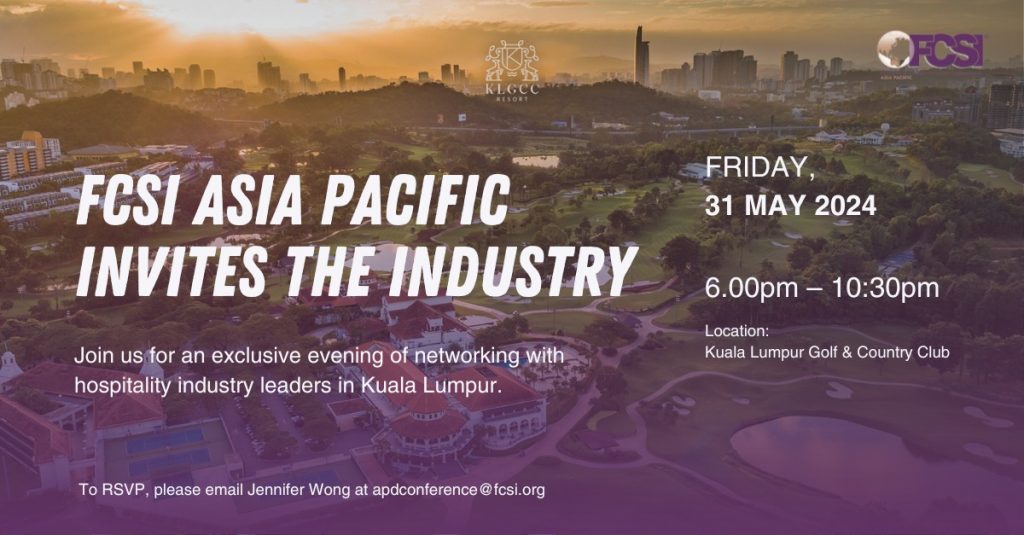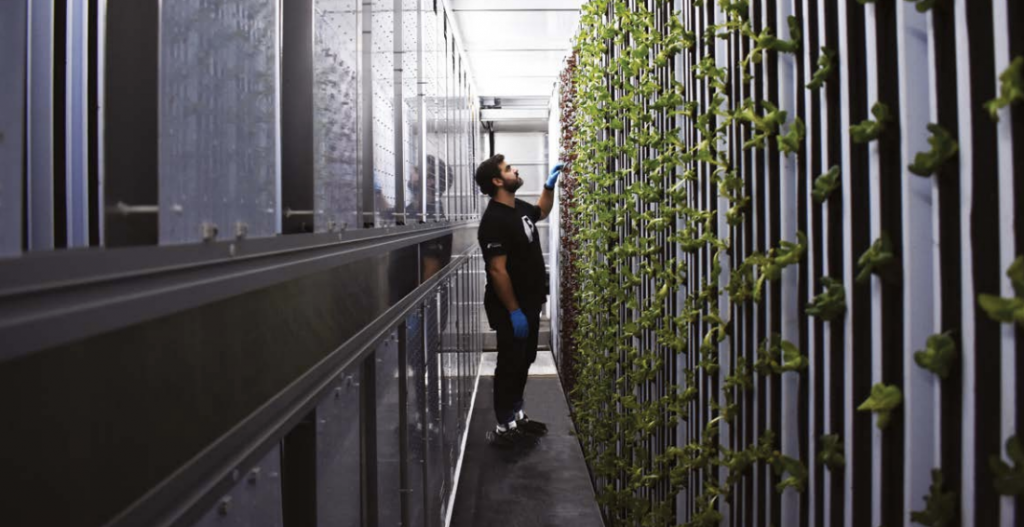
Its proximity to traditional holiday and business centres like Egypt, Turkey and Dubai means Iran’s commercial potential is often passed over. But this is changing, according to new analysis from travel intelligence firm ForwardKeys.
Total international arrivals to Iran have risen for the last four years. Aside from a lull in June due to Ramadan, every month in 2016 saw growth in arrivals to Iran, peaking at 28.2% in February.
Additionally, ForwardKeys found that visitors are coming to Iran from increasingly far afield. Western European and North American travellers accounted for over twice as much air travel to Iran as their Middle Eastern counterparts, with Germans the single most eager group of tourists.
The data also shows that business visits accounted for 40% of Chinese trips to Iran in 2016, highlighting Iran’s development as a commercial as well as tourist destination.
What’s changed?
As recently as 2012, Iran was seeing a 7.6% fall in international arrivals compared to the previous year. Yet Oliver Jager, ForwardKeys CEO, notes that by 2016, growth was well above the regional average: “only Saudi Arabia and Oman experienced sharper increases,” he adds. What caused the turnaround in Iran’s fortunes?
Jonathan Worsley, Chairman of Bench Events (organisers of the 2017 Iran Hotel and Tourism Investment Conference), says the raw materials were already in place. He says tourists are drawn to Iran’s climate and rich cultural heritage, while businesses benefit from a “promising consumer sector and well-educated population”.
Now, the country is taking steps to become more accessible. In addition to political change making Iran more approachable, according to Jager, transport links from western Europe are on the rise. Scheduled seating to Iran from Italy, Austria and the Netherlands has already grown considerably, with further increases planned.
Within Iran, Worsley says the 2025 Tourism Vision Plan is an important development. The plan aims to get 10 million tourists visiting the country per year by 2019, making Iranian tourism a $30bn industry by 2025.
Hospitality positioned to prosper
According to Worsley, it is a matter of time before foodservice and hospitality sectors catch up with Iran’s booming travel industry. Already, European and Asian firms are beginning to “focus heavily” on the country.
Although Iran’s major cities – Tehran, Esfahan, Shiraz, Tabriz and Mashhad – currently lag behind international hotel standards, investment in the hospitality sector is growing. Accor has opened internationally-branded hotels with Novotel and Ibis at Tehran’s Imam Khomini International Airport, while Rotana, Melia, Movenpick, Kempinski and Steigenberger are all working on projects of their own.
With American brands still banned from Iran due to government sanctions, Worsley sees inadequate infrastructure and political flux as potential stumbling blocks in the development of Iranian foodservice and hospitality.
But the potential for growth is clear, particularly as Tehran prepares to host the 2017 Iran Hotel and Tourism Investment Conference. The conference, Worsley says, will “highlight the extraordinary opportunity of investing in Iran’s hospitality sector” and “educate delegates on the unique dynamics of Iran’s hospitality industry”.
As commercial prospects grow in Iran, this education will be more important than ever. Iran might not yet be a foodservice and hospitality nerve centre comparable to other west Asian giants, but it is closing the gap every year.
Thomas Lawrence




